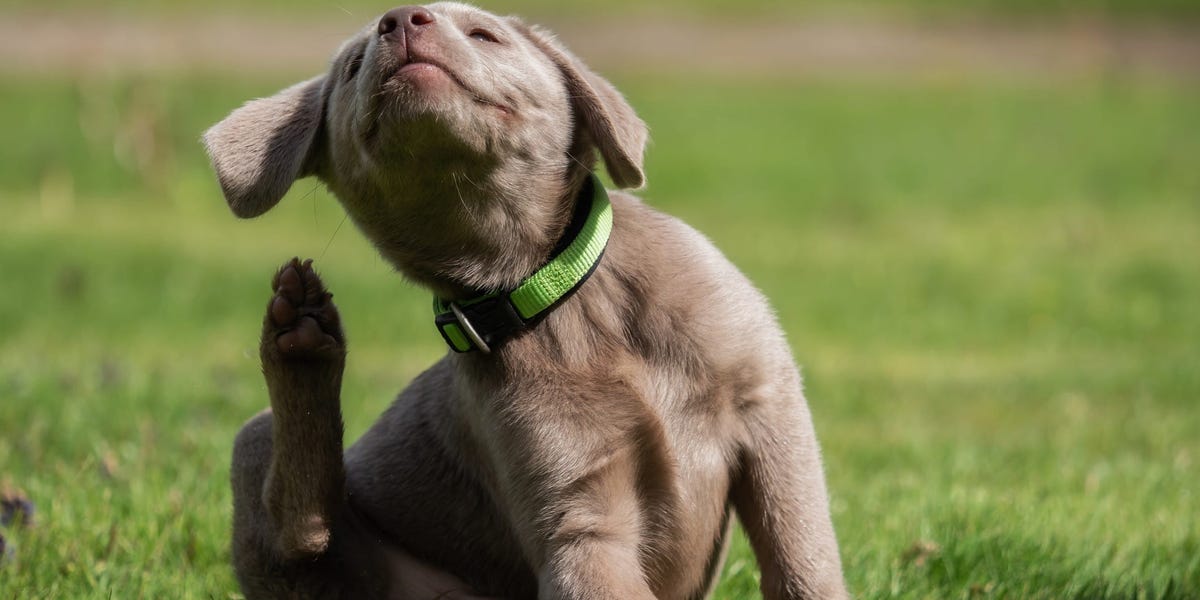Many dog owners have the same question: How do I know if my dog has fleas? I bathe my dog regularly, so where do the fleas on my dog come from?
Dogs are good at communicating with other animals, and they can easily become infected with fleas through contact with other animals. Even when you walk your dog in your neighborhood, the birds and rats you encounter are prime hosts for fleas. Fleas are extremely common external parasites that can infest both outdoor and indoor dogs. They can make your dog downright miserable. Knowing the signs of a flea infestation and how to check for fleas can help you determine if your dog has fleas and needs treatment.
Why Do Dogs Get Fleas?
Fleas are tiny, wingless insects that survive by feeding on the blood of their hosts. They are equipped with mouthparts capable of piercing skin and sucking blood. Adult fleas are only about 1/16 to 1/8 inches long, making them difficult to spot. However, flea infestations are easy to recognize from the symptoms they cause.
Dogs acquire fleas either from exposure to flea-infested environments or from contact with other animals who have fleas. Adult fleas live on the dog’s skin and lay their eggs in the animal’s fur. The eggs fall off into carpets, bedding, or outdoor environments and hatch into larvae. The larvae eventually mature into adult fleas who jump onto passing pets or humans in search of a blood meal.
Fleas thrive in warm, humid environments. While colder temperatures can reduce flea populations, fleas can live year-round in temperate climates or sheltered areas. Dogs who spend time outdoors or come into contact with other animals are more likely to pick up fleas. However, even indoor pets can get fleas from visitors or new environments.
Symptoms of Fleas in Dogs
Fleas cause a variety of symptoms that can help alert you to a possible infestation:
Itching/Scratching
One of the most common signs of fleas is persistent scratching, biting, and itching at the skin. Flea bites cause irritation, leading dogs to scratch repeatedly. Excessive scratching is often the first clue that fleas may be present.

Hair Loss
Constant scratching and biting at fleas can lead to patches of hair loss, often around the base of the tail, legs, belly, or neck. The hair loss results from the inflammation caused by flea bites.
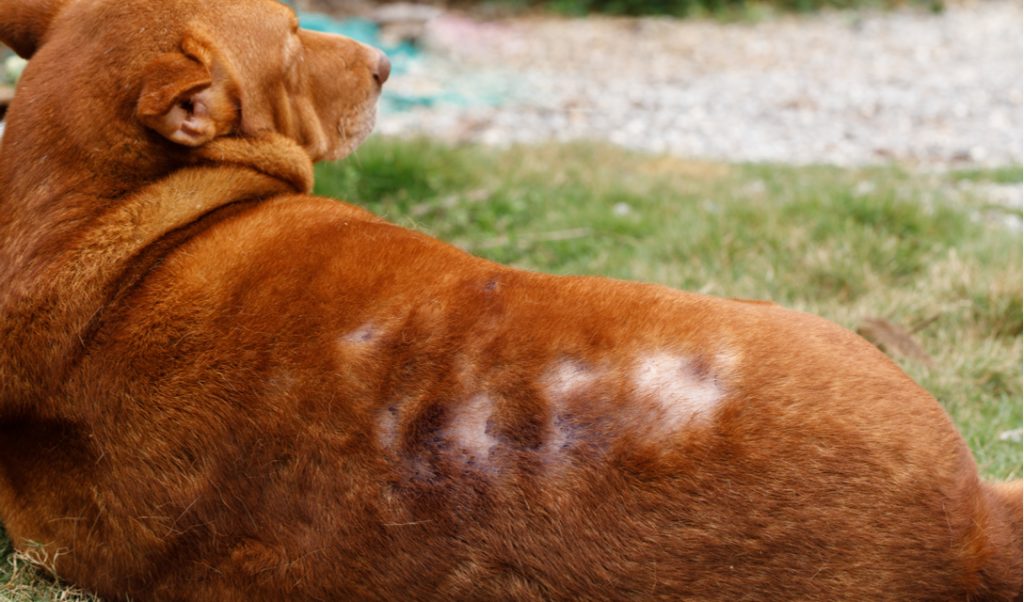
Red Skin/Bumps
Flea bites cause red, raised bumps on the skin that are irritated and inflamed from the dog’s scratching. Red bumps may be visible on white or short haired dogs.
Tapeworm Segments
Dogs who ingest fleas while self-grooming can get tapeworms. Small white pieces of tapeworm may be visible in or near the dog’s rectum or in their stool.
Flea Dirt
When fleas feed on blood, their feces comes out as tiny black specks. This flea “dirt” falls off into the animal’s coat. You may see small black dots on your dog’s fur or skin.
Adult Fleas
You may actually spot adult fleas leaping off your dog’s coat or see them crawling through their fur. Seeing live fleas is a sure sign of an infestation.
How to Check Your Dog for Fleas
If your dog is showing symptoms of fleas, you can perform a physical check to look for signs and confirm fleas are present:
Use your fingers to gently part the hair down to the skin, especially around the neck, belly, base of tail, and legs. Check for any signs of reddened skin, bumps, dirt, or actual fleas.
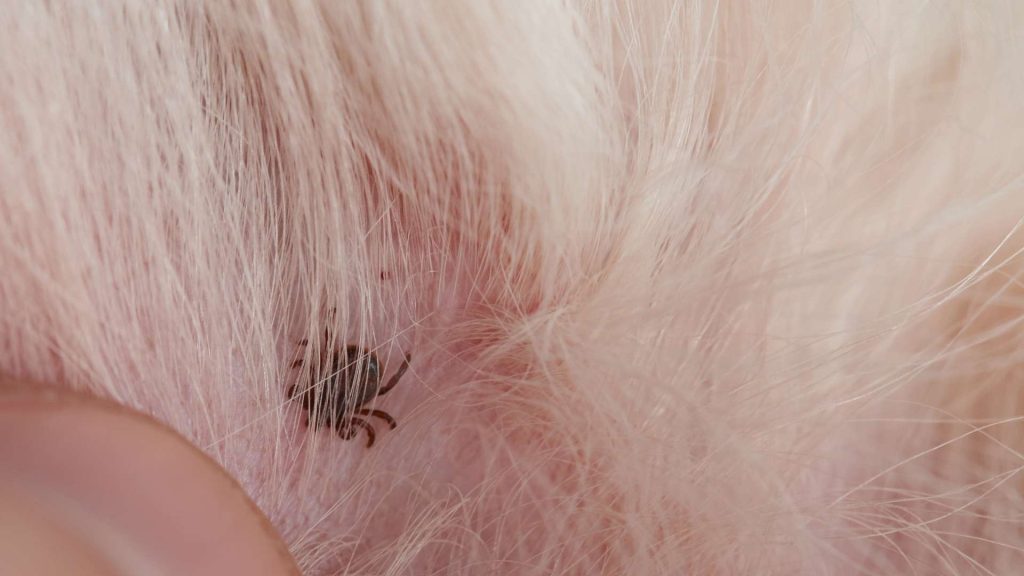
Use a fine-toothed flea comb and brush your dog’s coat over a white surface, such as paper or a plate. If any black specks come off, it may be flea excrement.
Wet flea dirt with a damp paper towel. If the black specks turn reddish-brown, it’s likely flea excrement. The moisture causes residual blood in the feces to leach out.
Inspect your dog’s bedding, blankets, furniture covers, and other fabric surfaces they frequent. Look for any signs of flea dirt or live fleas. Heavily infested bedding will likely harbor adult fleas.
How to Treat Fleas on Dogs
If you confirm your dog has fleas, prompt treatment is key. There are several effective options for killing fleas and preventing reinfestation:
Flea shampoos
Medicated shampoos with compounds toxic to fleas can kill adults and eggs on contact. Apply shampoo all over the dog’s body, rub gently until foam is produced. Let the shampoo sit before rinsing, being careful not to leave any shampoo on the dog.
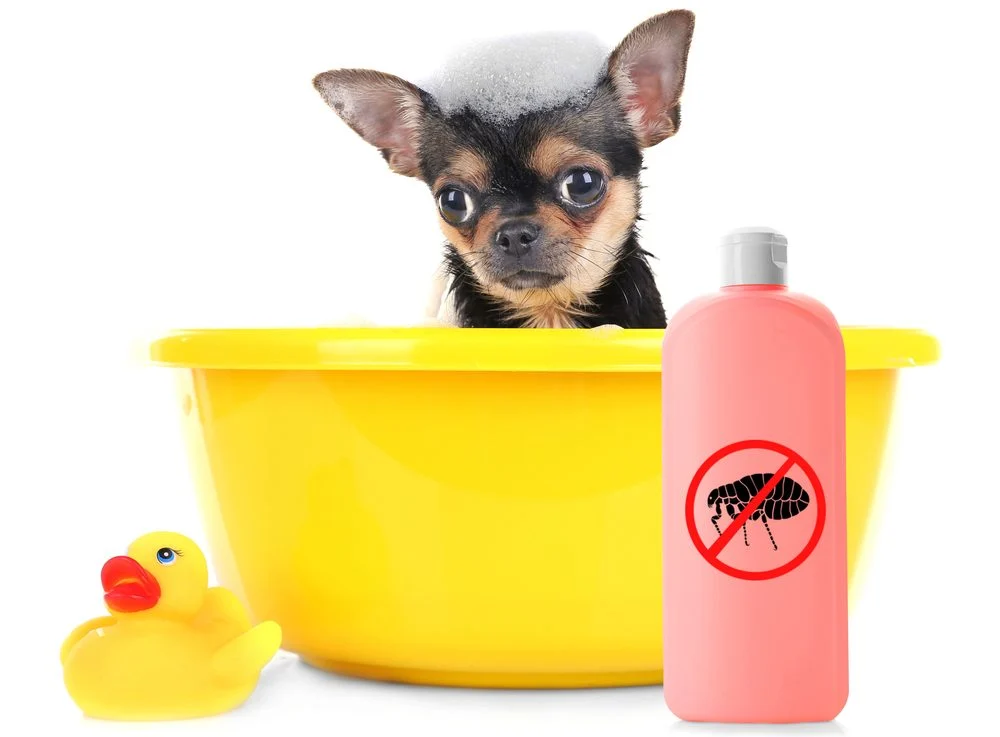
Flea and tick collars
Collars designed to repel and kill fleas provide on-going protection. Make sure to get an appropriate size collar fitted snugly around your dog’s neck.
Oral flea medications
Veterinarian-prescribed oral tablets or chews contain compounds that spread through the dog’s tissues to kill fleas that bite them. They provide month-long protection.
Flea drops/topical spot treatments
Liquid spot treatments are applied to specific areas on your dog, like between the shoulders or on the neck, and absorb into the skin. They kill and repel fleas for a month or longer.
Flea sprays
Sprays with insecticides can provide quick knock-down of adult fleas on the dog and around their environment. Apply evenly all over your dog’s body.
Flea powder
Powders made of fine, insecticide dust can be worked down to the skin to kill fleas on contact. Apply across the full body, rubbing into the fur and avoiding your dog’s face.
No single flea product is 100% effective. Often a combination of treatments works best to end an existing infestation and provide ongoing prevention. Be sure to follow all label instructions carefully. Consult your veterinarian if the infestation is severe.
How to Prevent Fleas in Dogs
Once the fleas are eliminated, you’ll want to take preventive steps to keep them from recurring:
Give oral or topical medications on a monthly preventive schedule, as prescribed by your veterinarian.
Wash all bedding, blankets, and fabric items in hot soapy water to kill any eggs or larvae. Vacuum all carpets, furniture, and floors thoroughly.
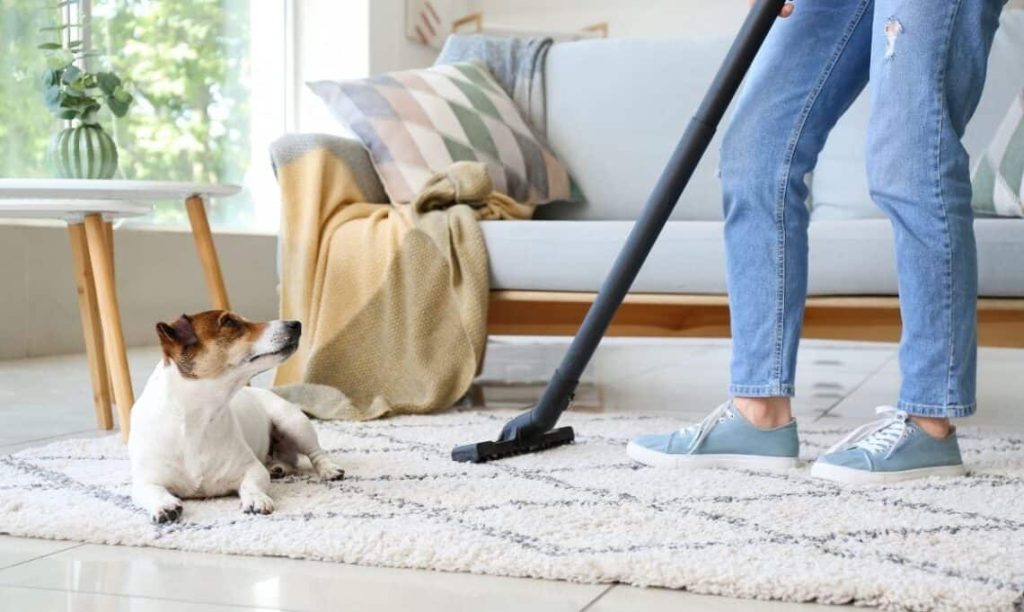
Use flea spray on carpets, upholstery, and in crevices to kill eggs and larvae indoors. Also spray kennels, yards, patios, and outdoor areas your dog frequents.
Treat your yard with growth regulators or insecticide sprays designed to kill flea eggs and prevent larvae from maturing.
Use a flea comb and shampoo to comb your dog’s hair regularly to detect new fleas in time if they appear.
Keep your home and yard free of debris and overgrown vegetation to limit flea habitats.
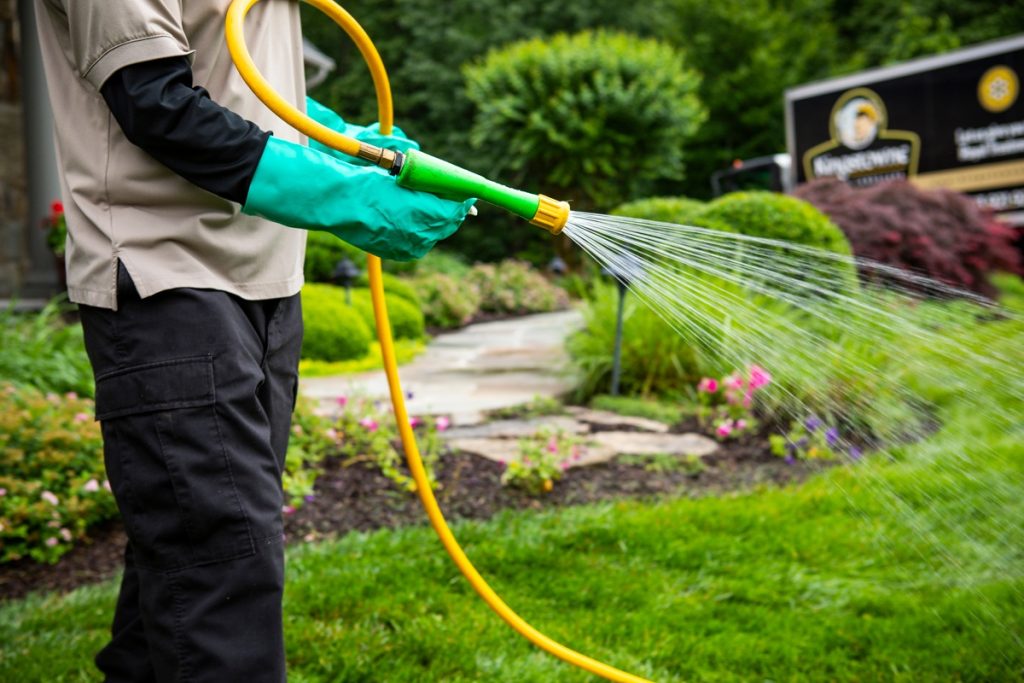
Treat pets promptly if you spot any fleas. Prompt treatment will prevent reinfestation.
Limit your dog’s exposure to wild animals, strays, or unprotected pets who could carry fleas.
With diligence, you can keep your dog flea-free and relieved from the miserable symptoms of flea infestation. If fleas persist despite your best efforts, contact your vet for advice on stronger treatments and flea control. Consistency is key to both eliminating fleas and keeping them away long-term.
Conclusion
Fleas are very annoying and unhealthy pests that can seriously affect your dog’s quality of life. However, as long as you understand the common signs and symptoms and learn how to inspect your dog and their living environment, you can detect fleas in time and carry out effective intervention. A multi-pronged approach including veterinarian-recommended treatments, thorough home cleaning, and ongoing preventative measures can eliminate existing fleas and provide ongoing protection to keep fleas away from your dog and out of your home forever. Create a healthy, flea-free environment for your dog.
